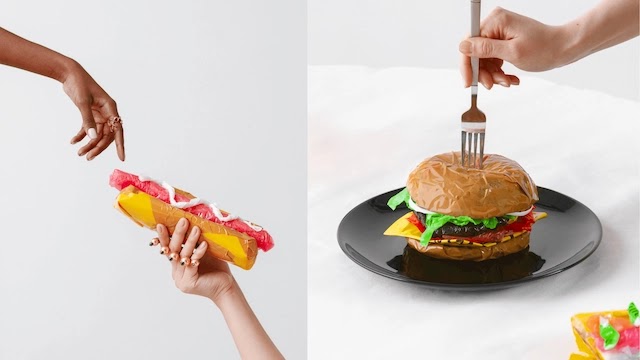Everyone may wonder about the effects of microplastics on humans, but how much microplastics do we eat per week?. A little strange question isn't it?.
The average person now consumes five grams of microplastics hebdomadally. the equivalent of a MasterCard, consistent with a replacement report from the WWF.
A study found that people consumed as many as 102,000 microbeads of plastic, sizes less than 1 mm (250 grams each year).
Drinking water is the largest source of ingestion of microplastics, as microplastics are found in bottled water as well as tap water, surface, and groundwater. In addition, beer, salt, and shellfish contain the highest levels of microplastics.
The report, No Plastic in Nature, issued by the University of Newcastle in Australia. commissioned by the World Wildlife Fund, indicates that people around the world consume approximately 5 grams of microplastics per week.
This amount of microplastics is like eating a pen a week, or a plastic hanger a month.
The study is a combination of more than 50 studies on the intake of microplastics.
The health effects on animals are well known, but we are now seeing the dangerous effects on humans. Microplastics are usually less than five millimeters in size and are hardly noticeable when they seep into the food chain.
"Plastic not only pollutes our oceans and waterways and kills marine life, but it is also altogether folks and that we cannot shake consuming plastic." WWF director Marco Lambertini said in a statement.
How Does Microplastics in The Ocean Affect Humans?:
A study by the University of Newcastle found that no country is immune to plastic consumption. Us and Lebanon had a mean of 4.8 and 4.5 fibers per 500 mL. respectively, compared to 1.9 fibers per 500 mL each in Europe and Indonesia.
Half of the microplastics that have ever existed were made within the last 13 years. A third of this plastic ends up in nature, damaging every part of the food chain.
microplastics are responsible for some hideous deaths among sea animals and birds, who mistake them for food but humans are also suffering the effects of this product.
Arguments go back and forth about banning things like microplastics shopping bags, but few governments or councils are adopting the measure.
In fact, they are not the worst things manufactured from it. Just about everything we buy these days is packaged in it.
This handy, cheap, and easy to acquire substance is manufactured from oil.
It is a toxin that is in every part of the environment now and we are all subject to its poison. Although it looks safe it is a natural product, that has been altered by heat and chemicals into something completely foreign to nature.
It cannot be broken down and reabsorbed into the earth in its basic components. It remains in the changed form and that is how it is absorbed into the body.
Poked down the throats of baby birds it fills the tummy with microplastics junk, that cannot be absorbed and which stops real food from being absorbed.
Hence the sea birds are not able to read their young in safety. Fish and sea life are mistaking microplastics for their normal food sources, and are dying while some animals are trapped in plastic which hooks around their body and slowly strangles them.
Plastic for Change employs thousands of waste pickers in developing regions to collect the plastic before it enters the ocean. The company then supplies plastics to international brands. So that their packaging needs are met, without polluting the ground.
Microplastics will become a silent killer for humans and animals alike. A polluted planet means a polluted food chain.
Mankind must wake up to the effect plastic particles have on the world and on us. The animals we kill are part of our survival and without them, the basic resources we depend on will disappear.
This is already happening while complacency about banning plastic remains a big problem.
It is necessary to address the whole problem. Collection must take place on the ground before the plastic becomes part of the food chain.


